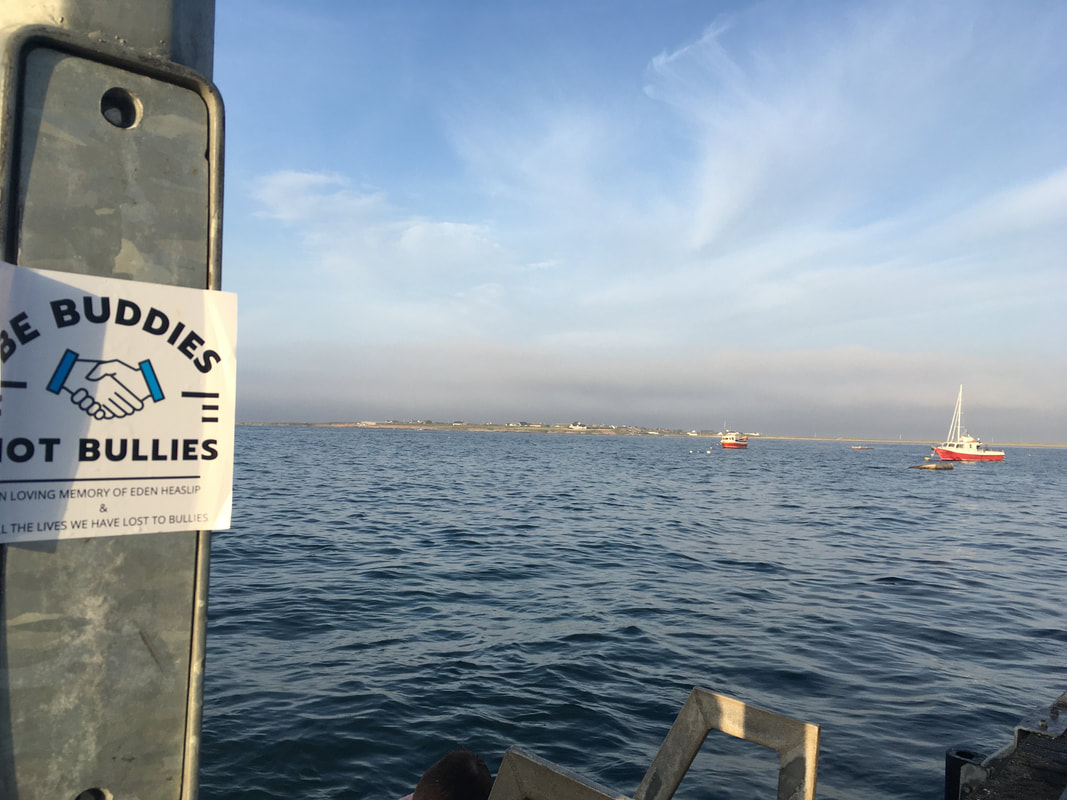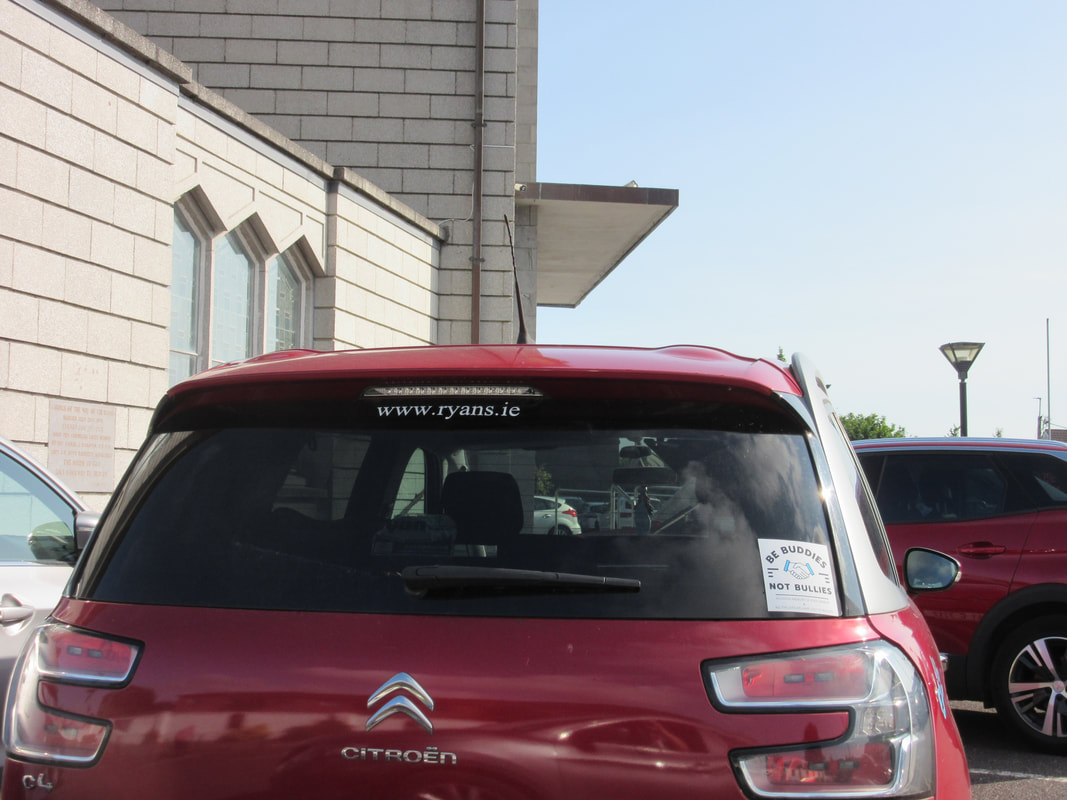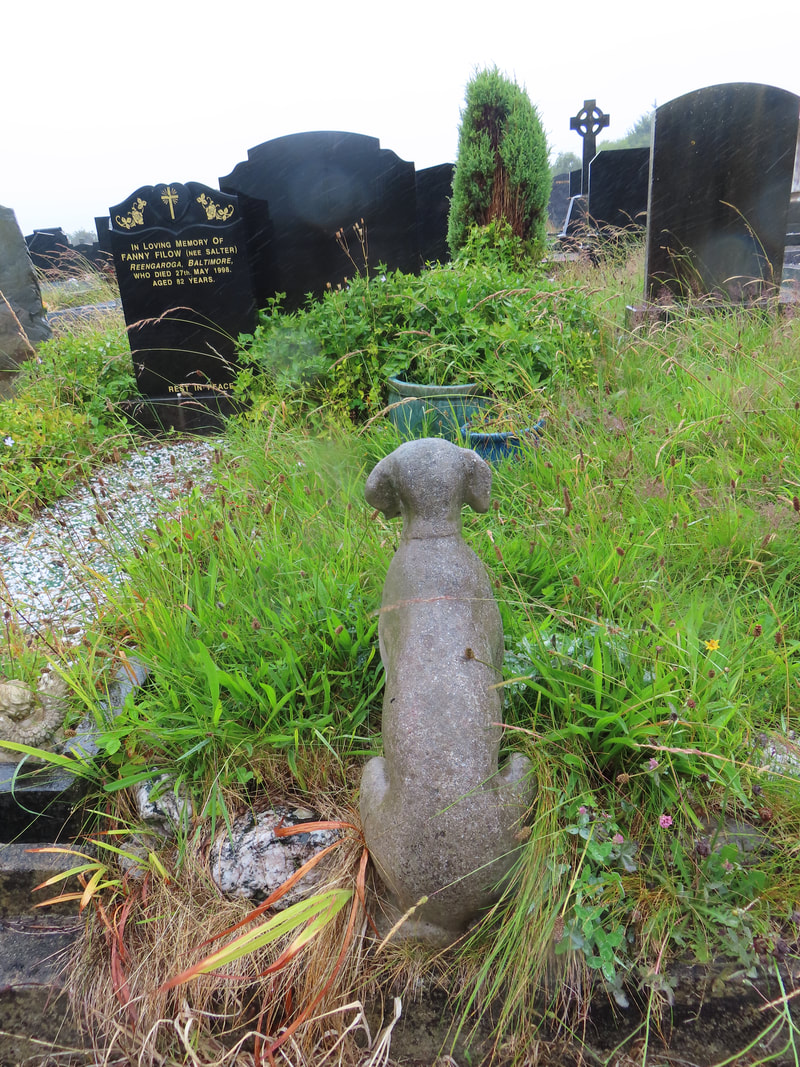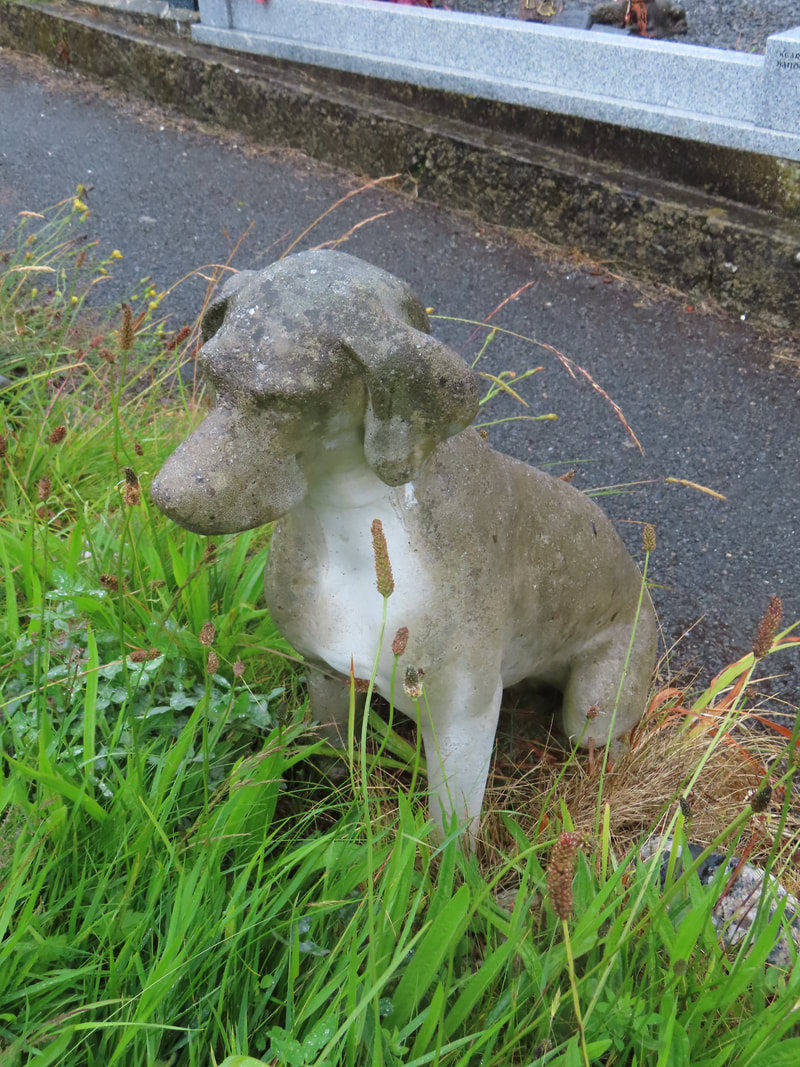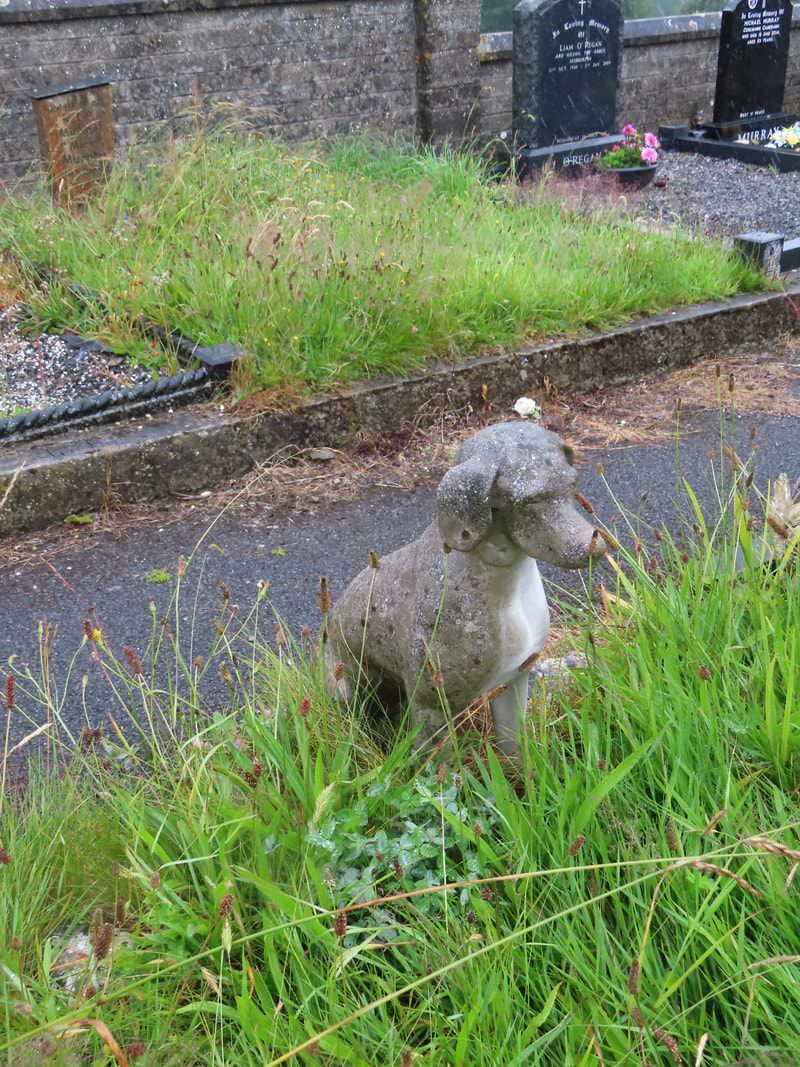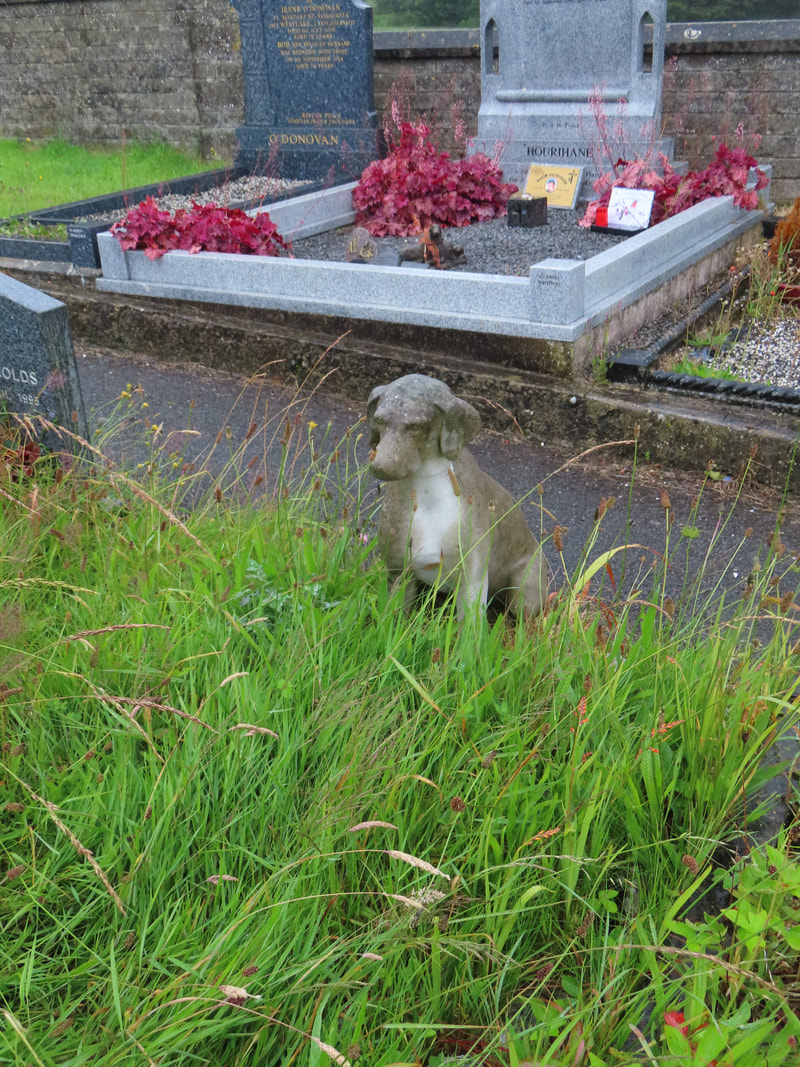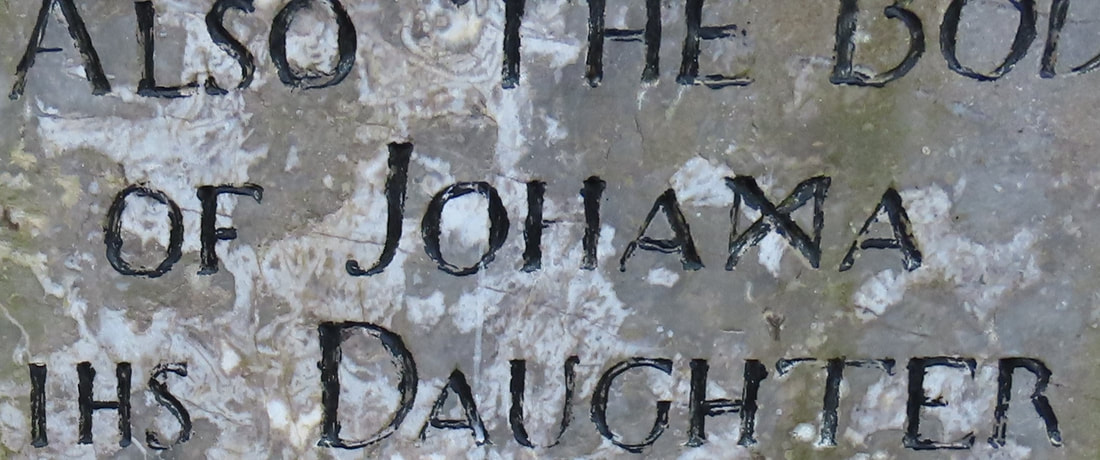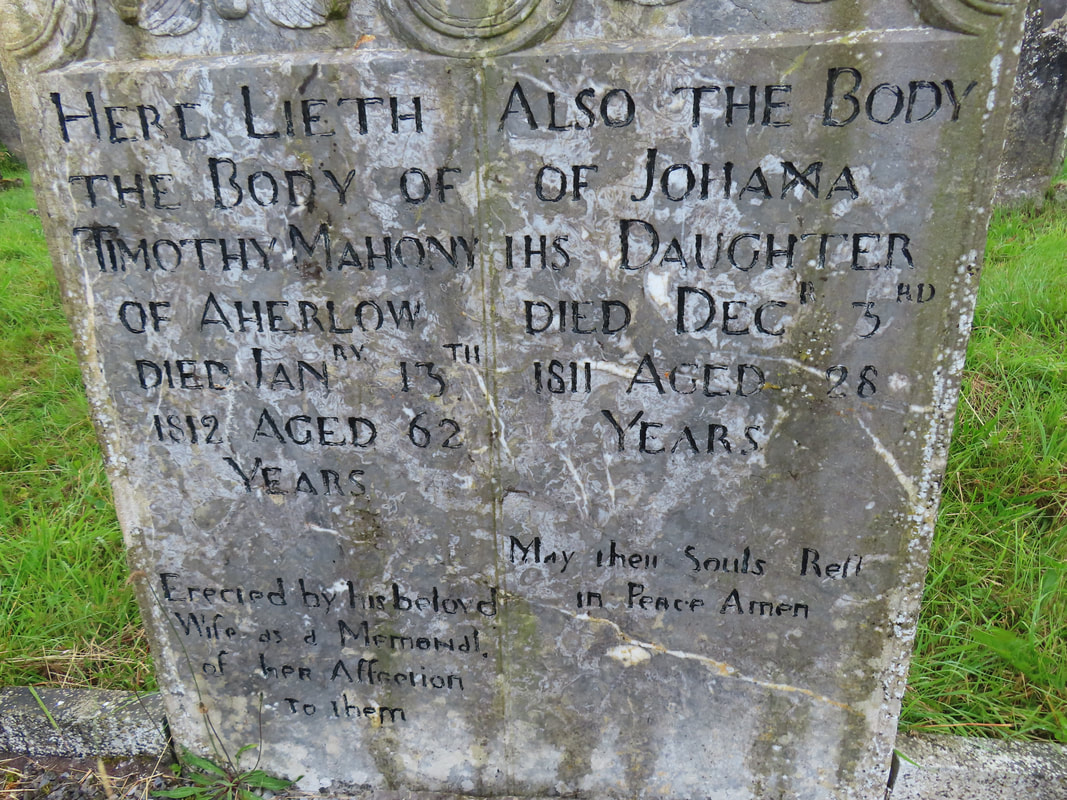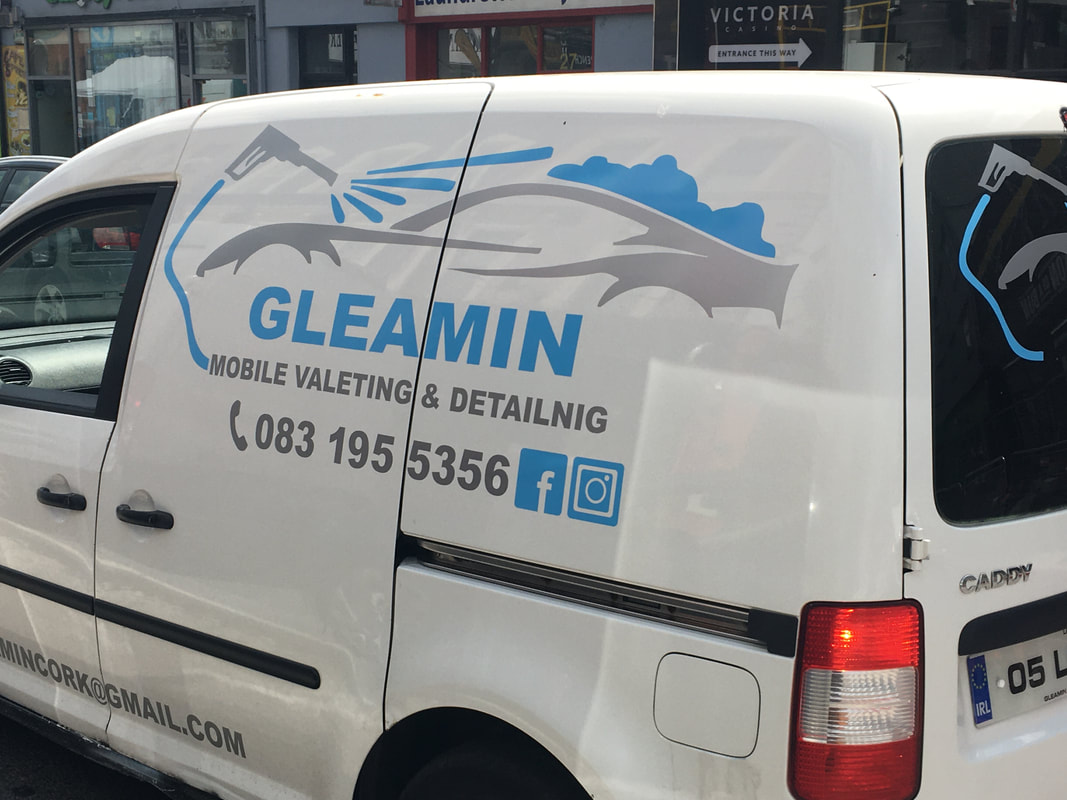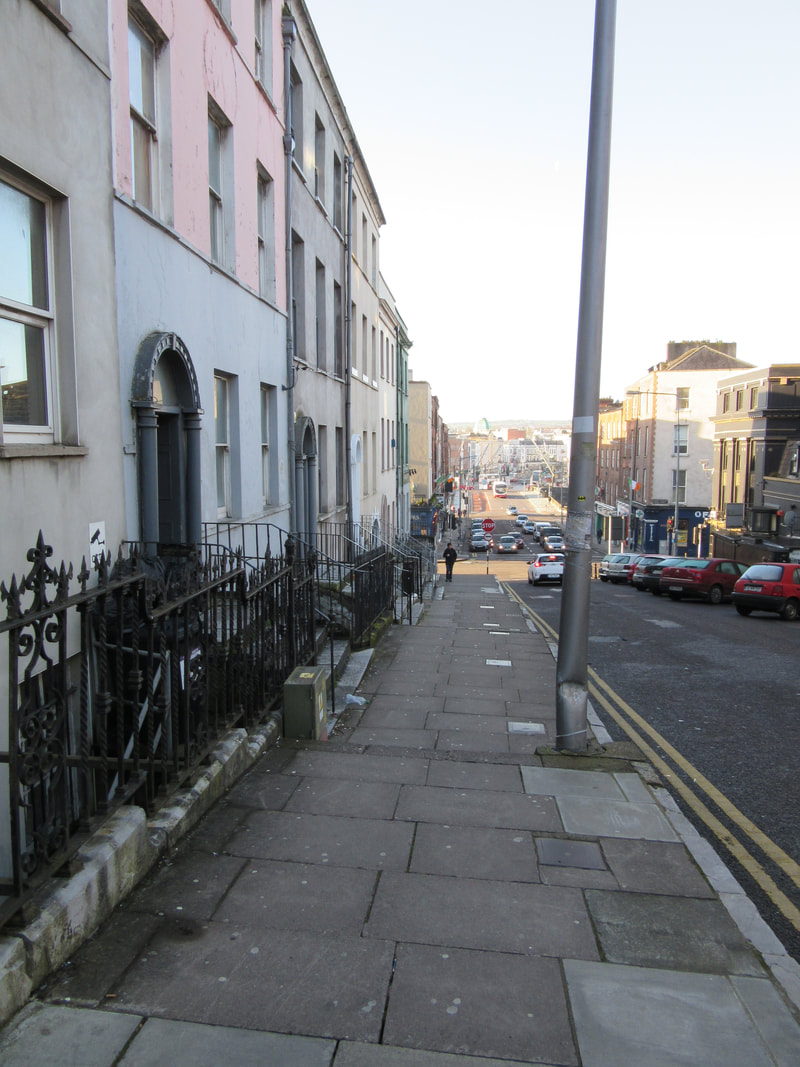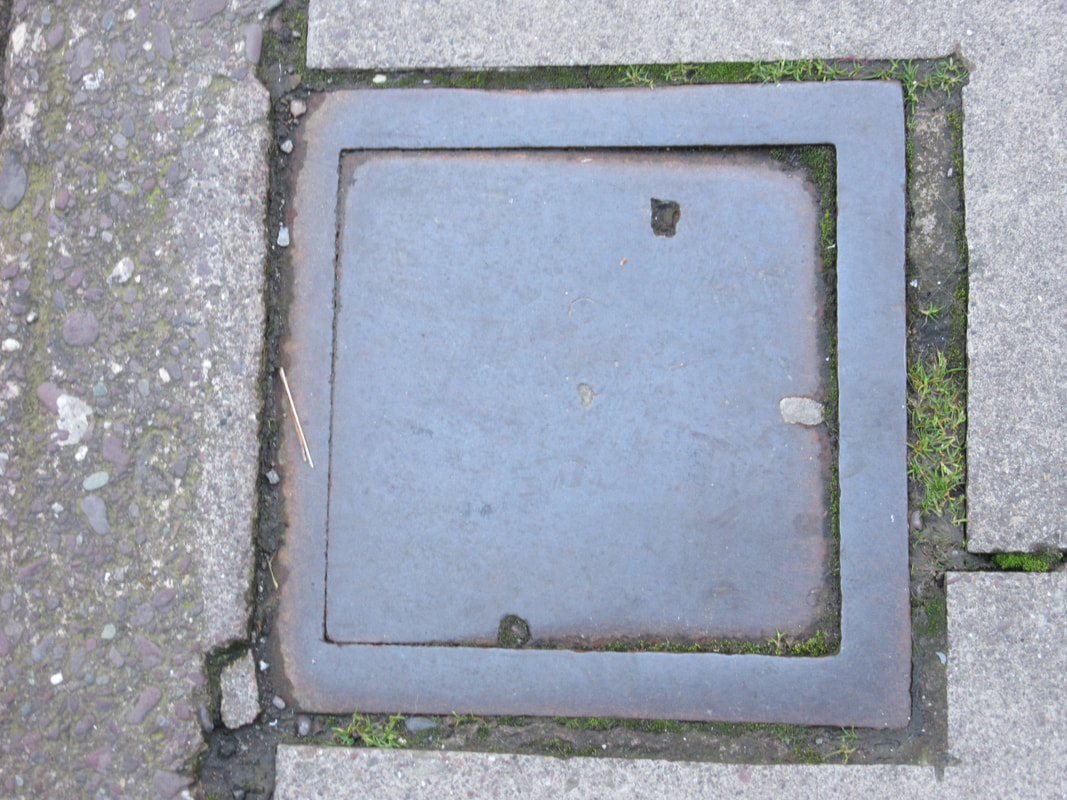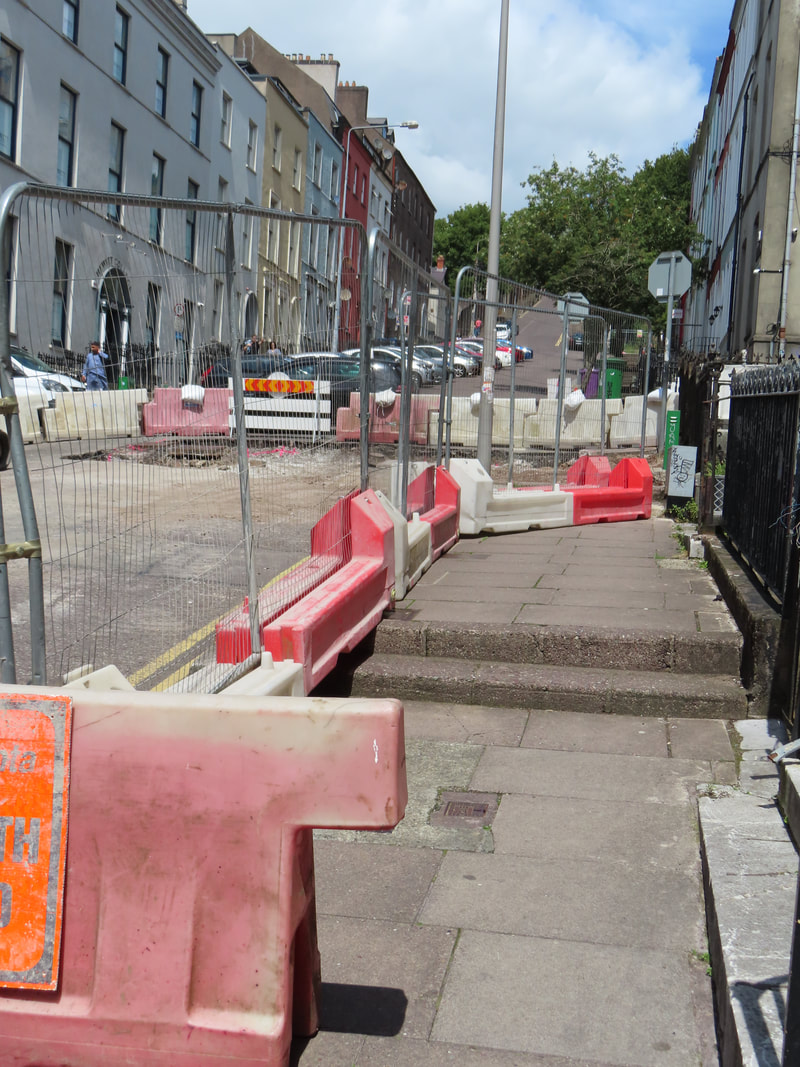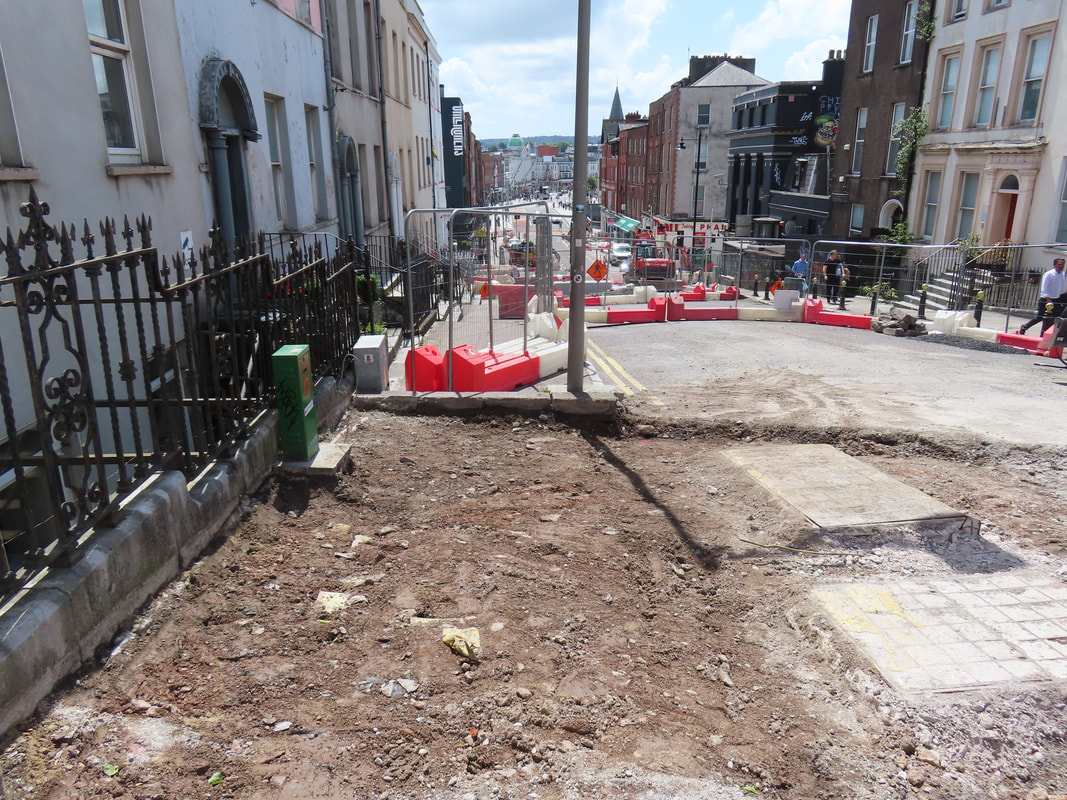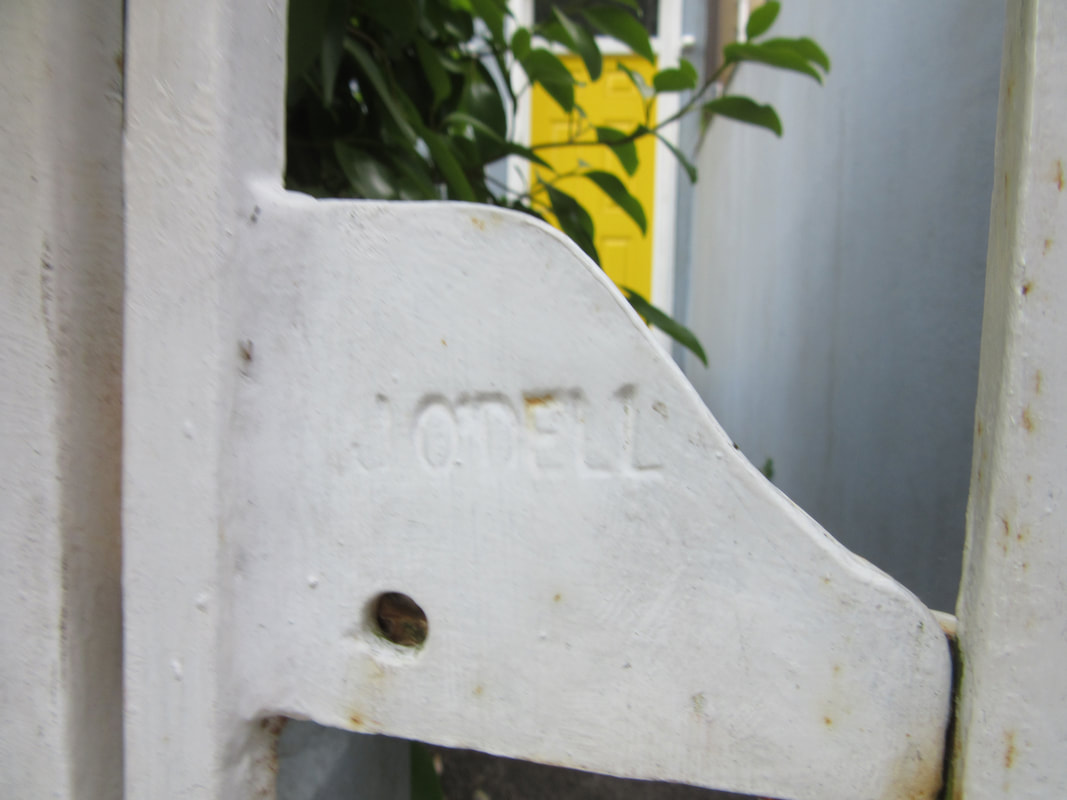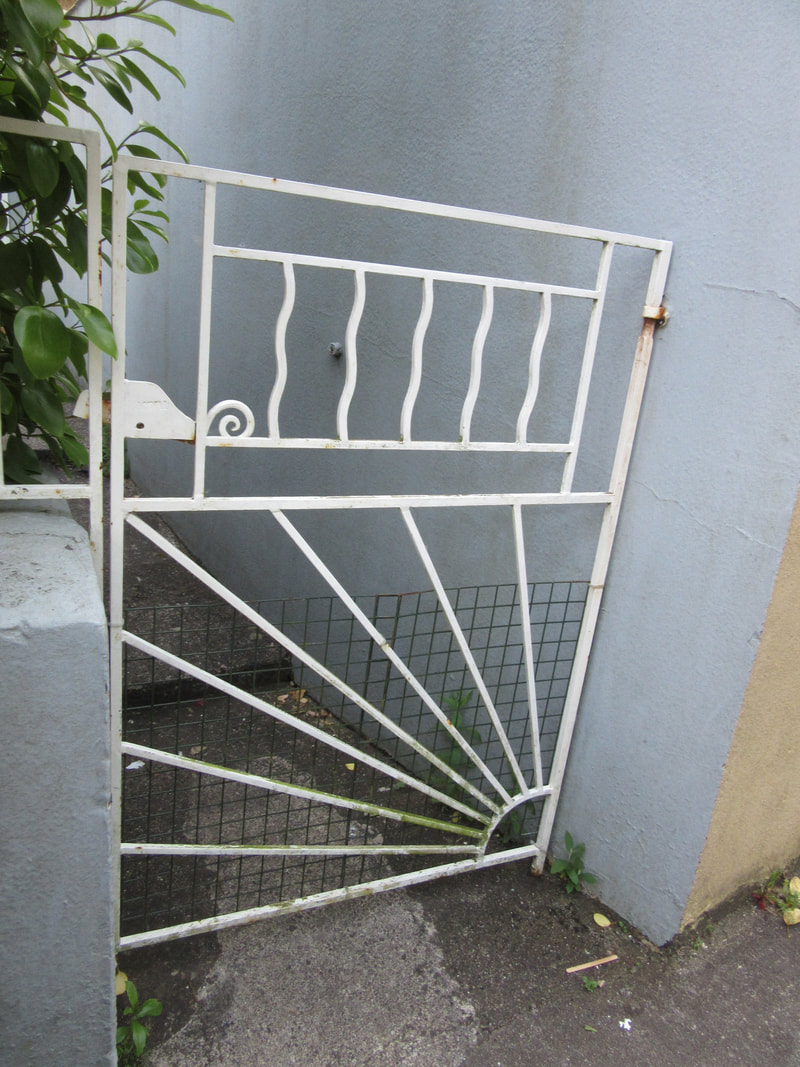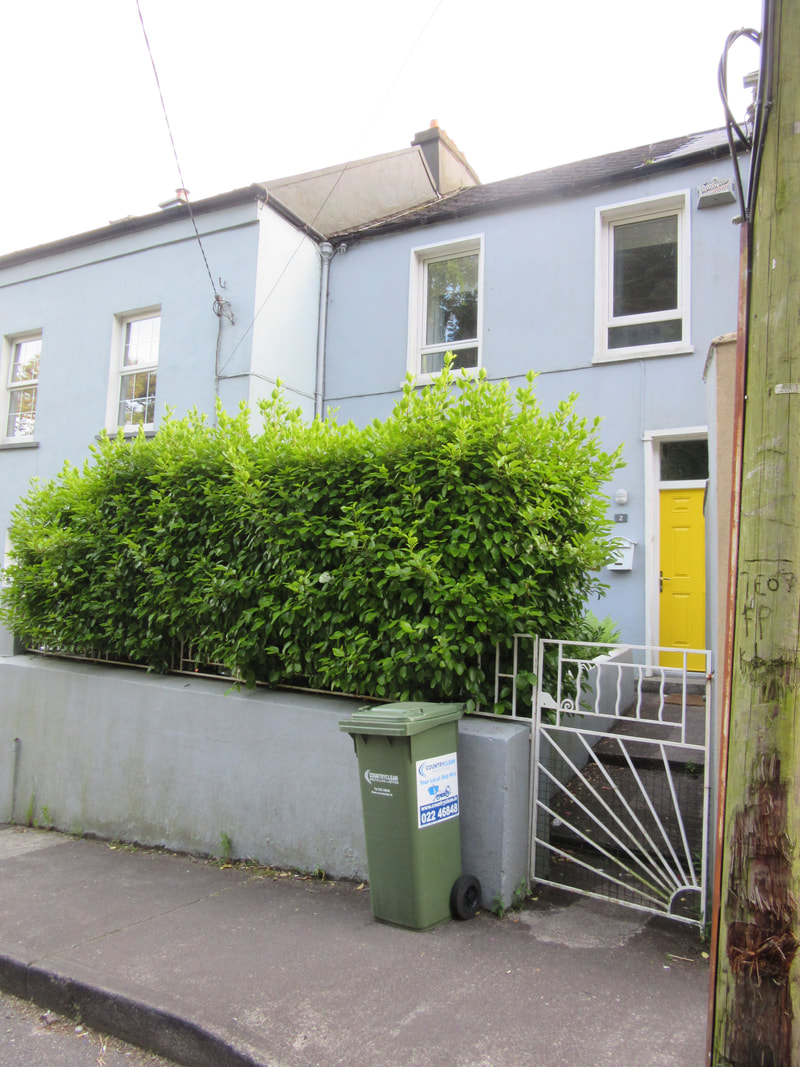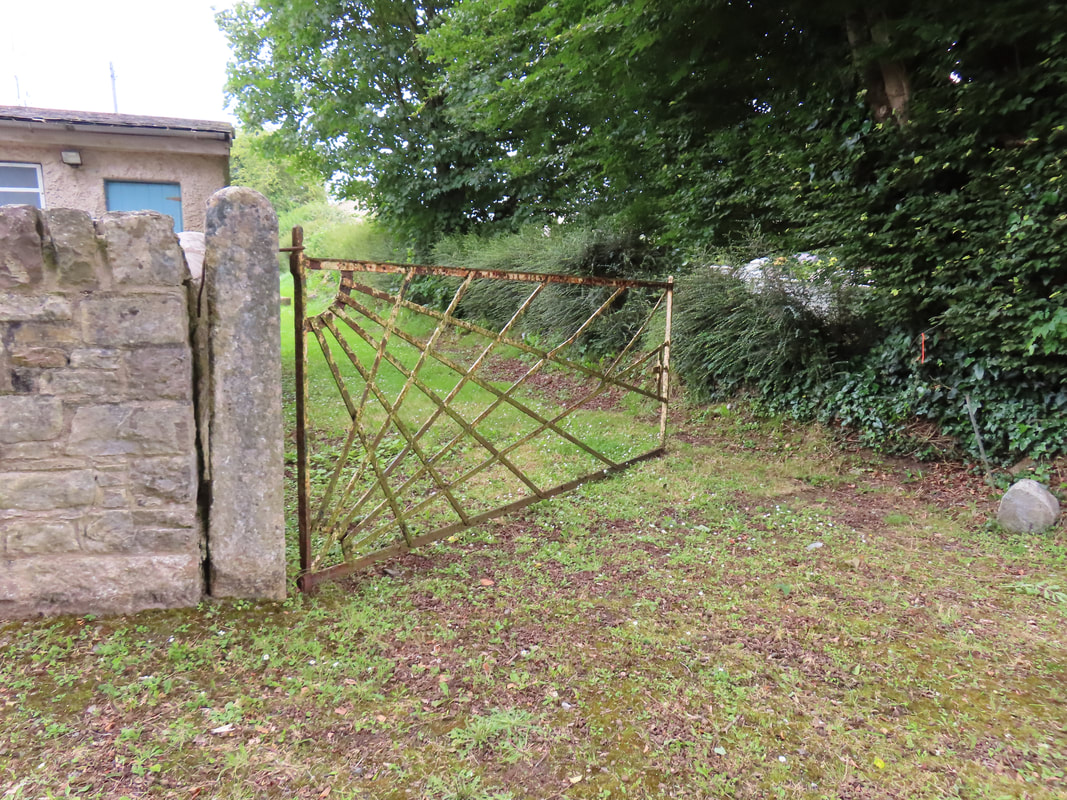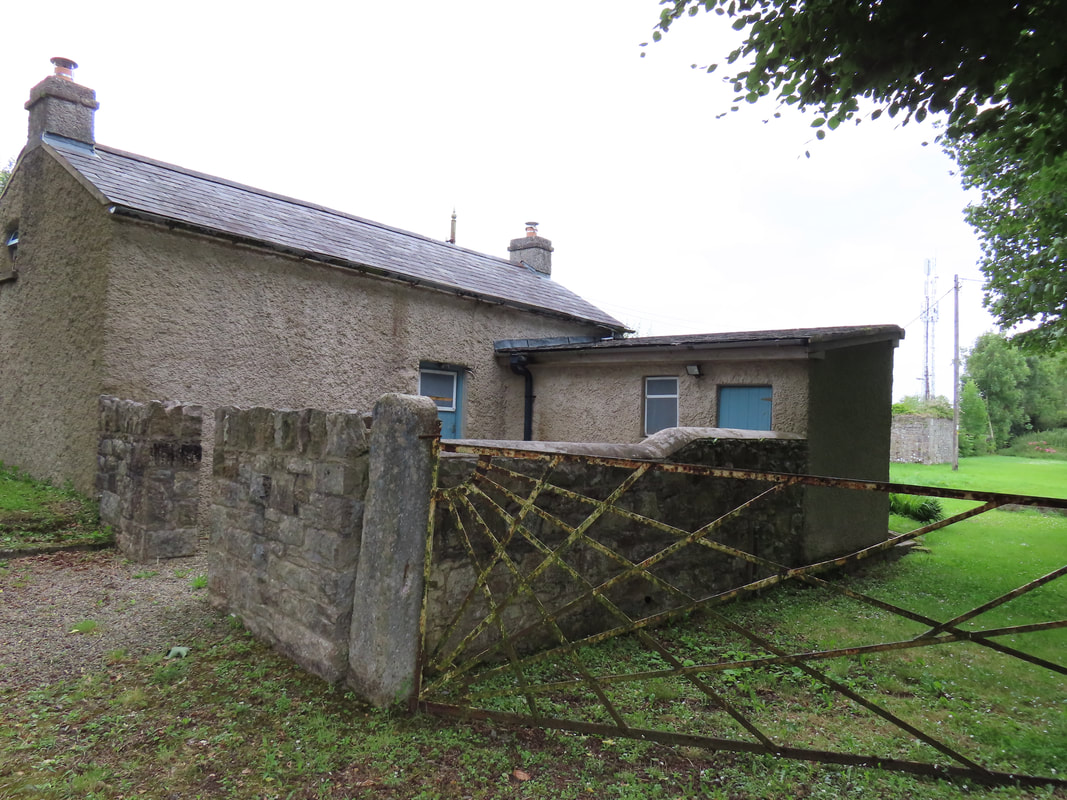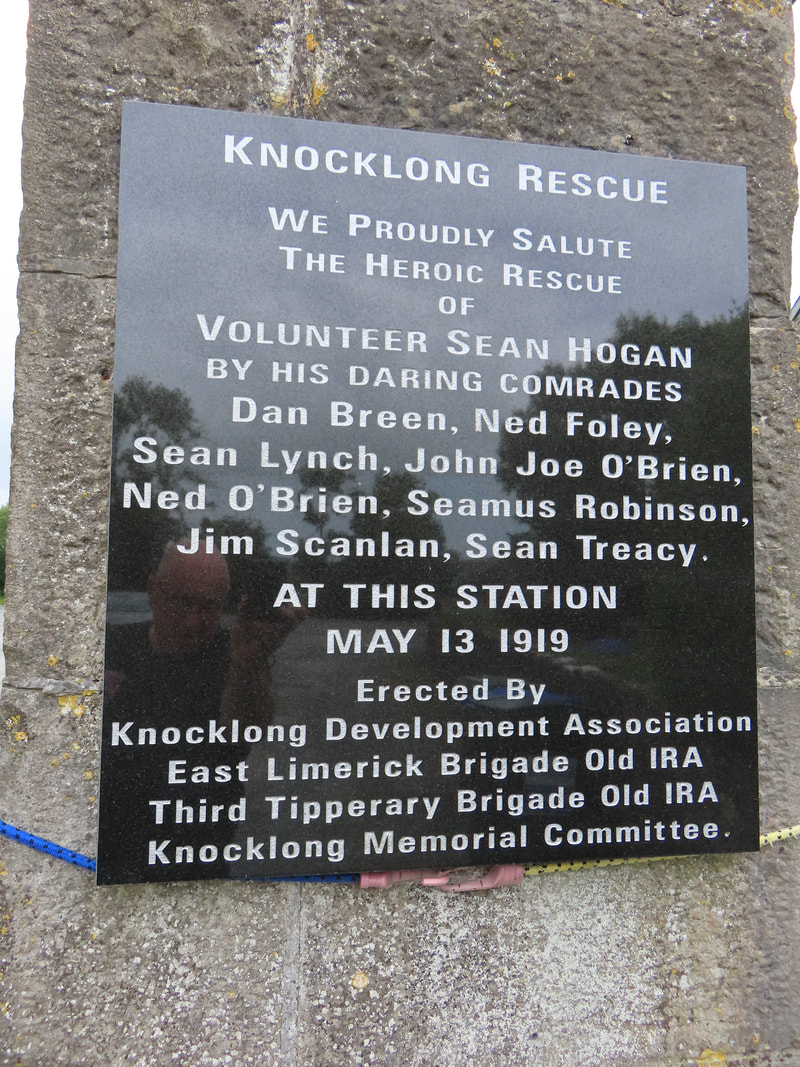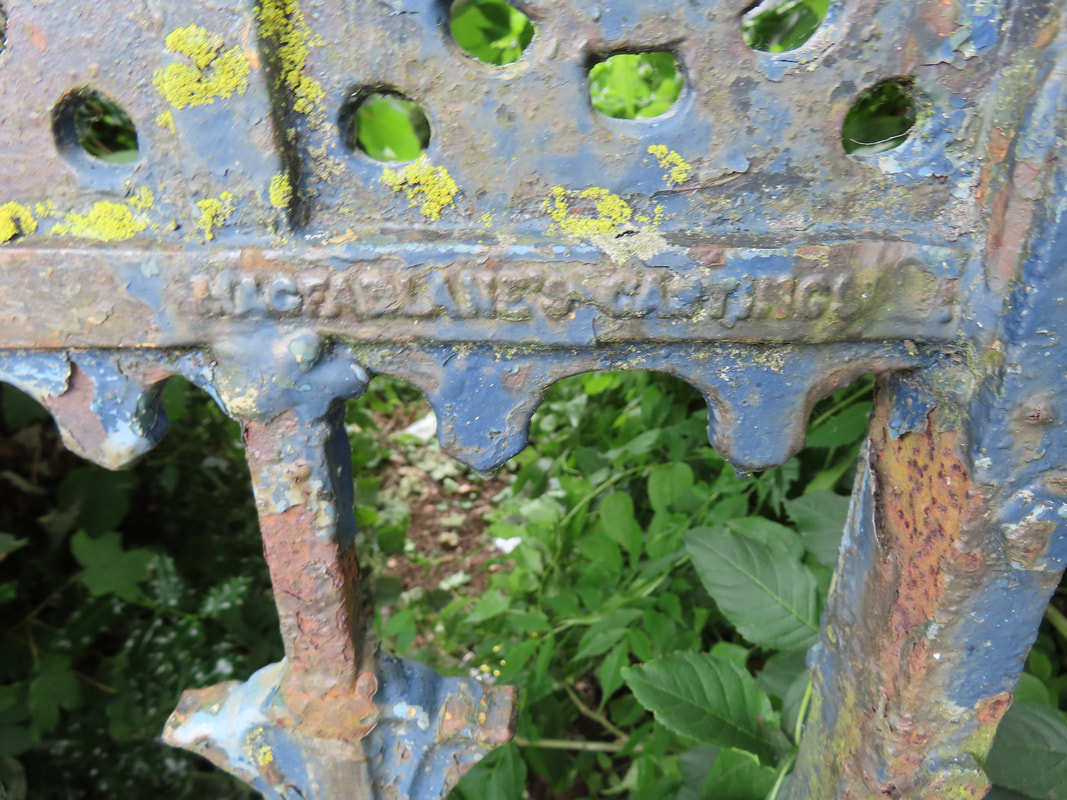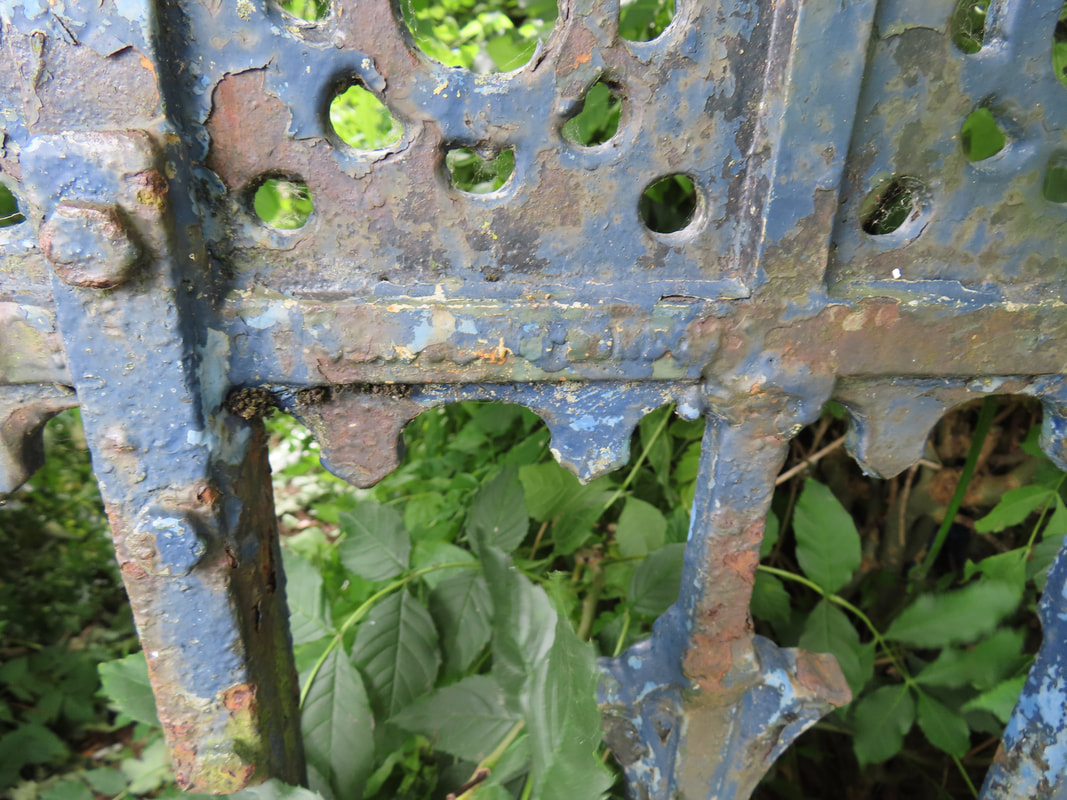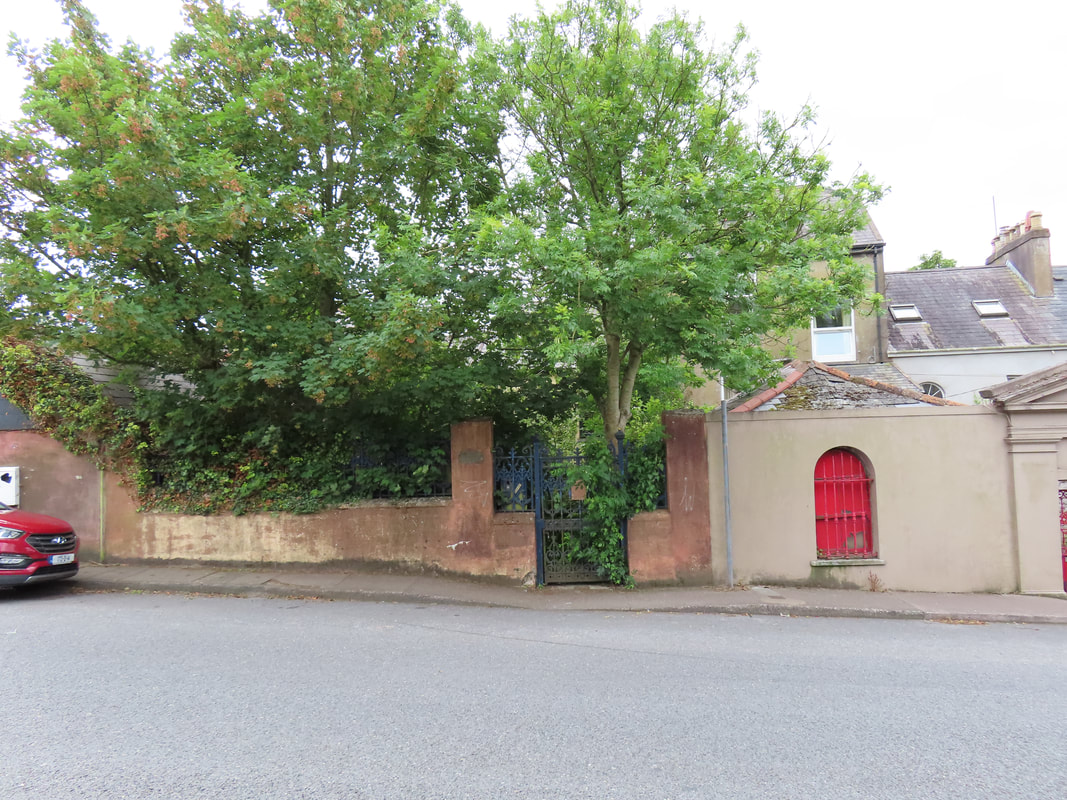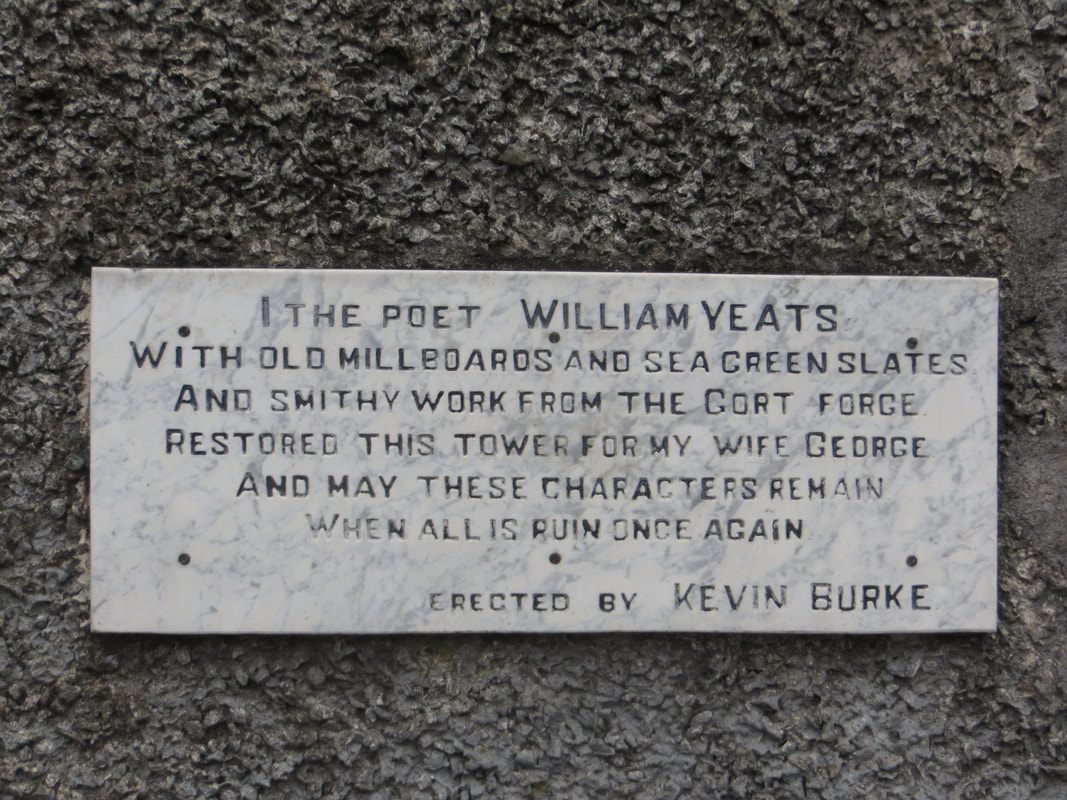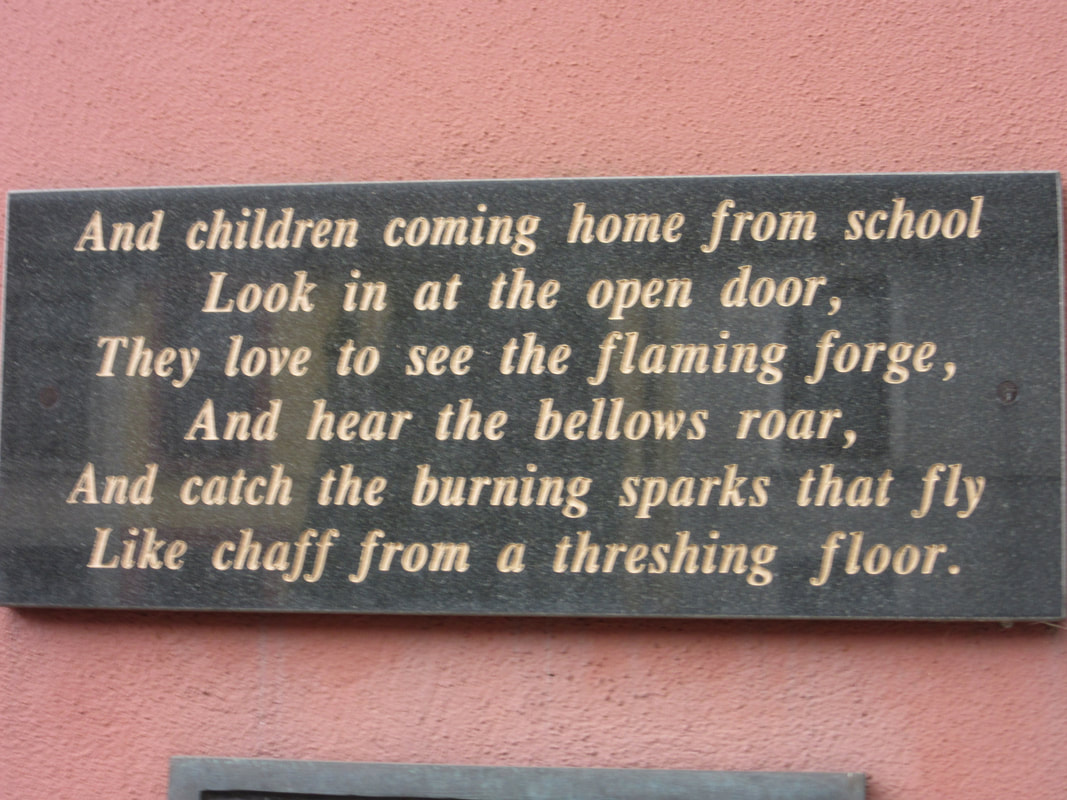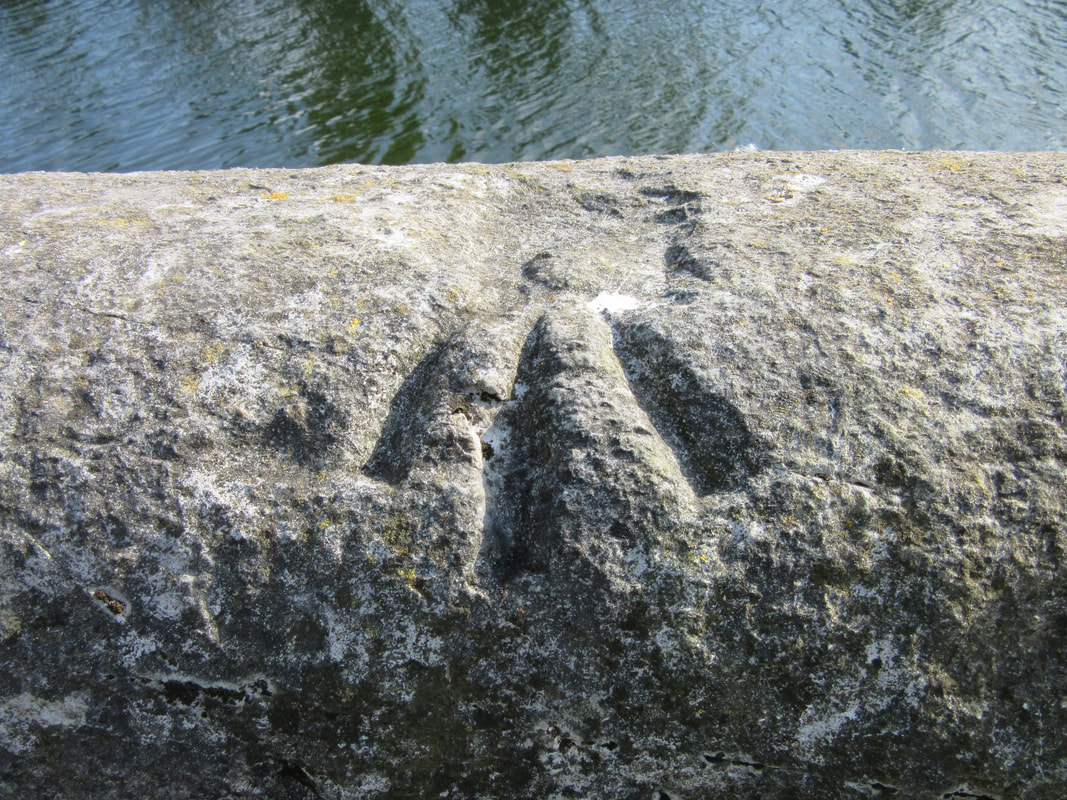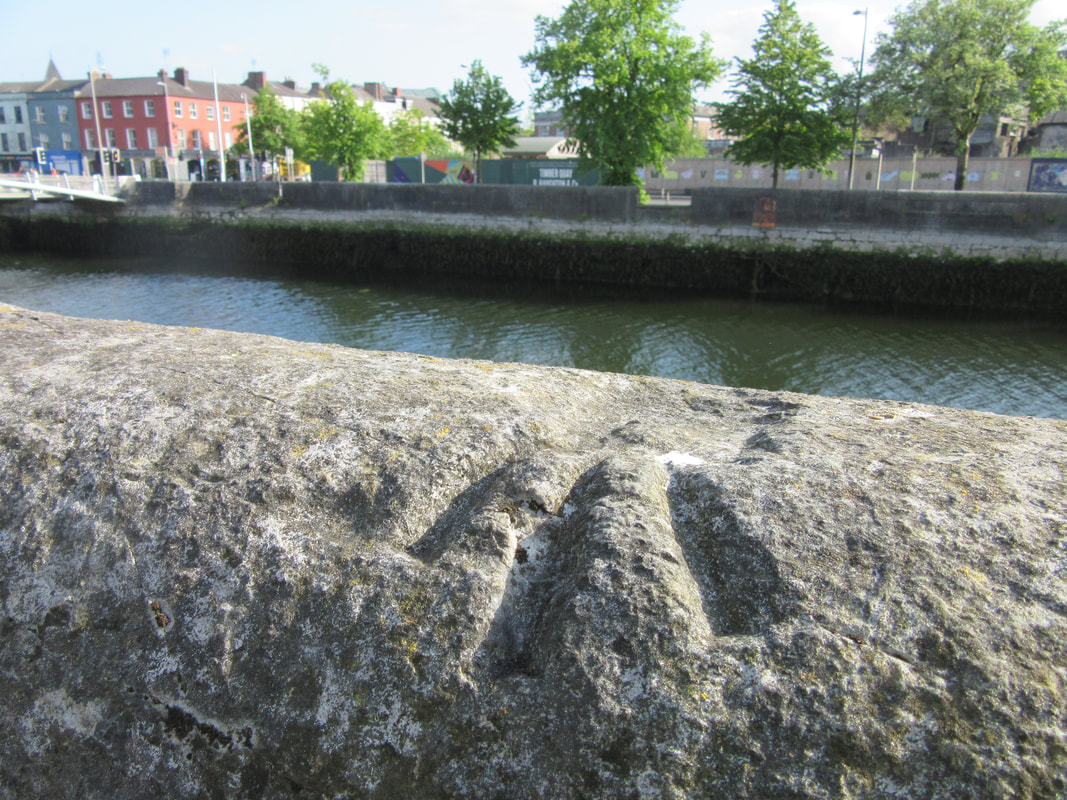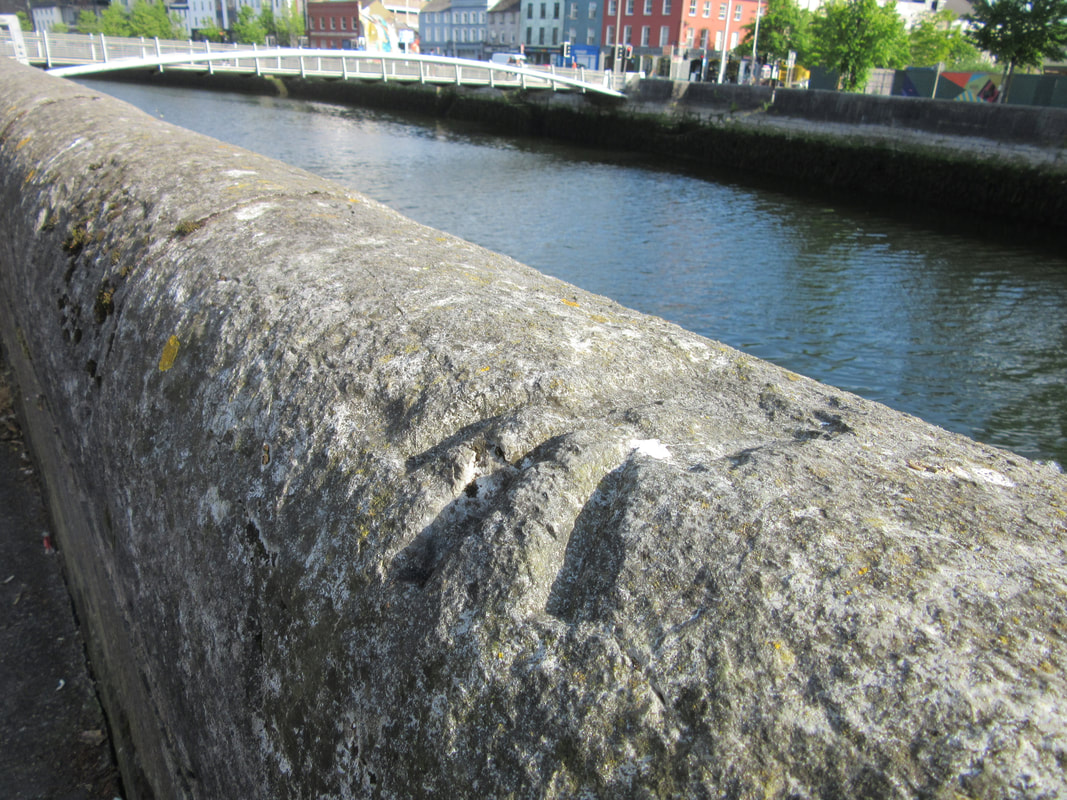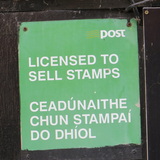| I noticed this sticker on a pole on the Dingle peninsula while the younger generation were pier-jumping. I had not seen this sticker before. I cannot recall having seen that message. I had not a recollection of hearing of the life, death or inquest of Eden Heaslip, who took his own life in September 2021, two weeks after his 18th birthday. When I spotted a similar sticker on a car in a church car park a few weeks back, that was enough reason for this blog post. |
|
0 Comments
My inclination would be to spell the name as JOHANNA. In 1811, maybe JOHANA was a variation in use. But JOHAXA just looks wrong. Maybe that was her name. Maybe it was a correction of a mirrored N – similar to Liscleary – but one would expect removal of the incorrect diagonal if that were the case. If a correction was to be done, I would have expected IHS to have been transformed into HIS. There I was, on MacCurtain St, walking at speed after a van that was not travelling fast in the traffic. I had arranged to meet CC for a coffee and he was slightly perplexed as I went past the café in chase of a moving van.
The driver of the vehicle behind was equally perplexed when he saw me taking a photograph. Even when I asked him to look at the spelling of the final word, he did not get it. I had to point out that DETAILING does not end in NIG. I am unsure as to what ‘Mobile Detailing’ might entail but am fairly sure that it should not be spelled as ‘Mobile Detailnig’. And, after that, we still had time for the coffee…… Predicting More Cork Heritage To Be Removed Following on from the post about the benchmark at the bottom of St Patricks’s Hill, it looks suspiciously like more aspects of Cork Heritage may not be compatible with current public realm design. These iron covers on the lower section of St Patrick’s Hill are not manhole covers. They most probably have not been used for very many years. These are remnants of a time past when coal was delivered and the large houses had a coal bunker, generally under the footpath. Coal was delivered into the coal bunker through these coal plates. Many of the bunkers have been blocked up so most of these coal plates remain as just a visible record off times past. They are non-functioning but is that a reason to strip them out and replace them with the bland palate of our public realm designers? I do like reminders of past work practices and of how people lived. These coal plates could easily be retained and incorporated into a street design but as it is Cork City Council, I am not hopeful. Opercula, the plural of Operculum, is the name used for the structure to cover an opening. Christopher Howse on twitter has photographed over a thousand London coal plates – many of which are decorative, as are some in Dublin. A book by Shephard Taylor called Opercula: London Coal Plates was published in 1929. I have encountered coal plates in Cork on Lover’s Walk, Montenotte Road, Patrick’s Hill, Summerhill, Wellington Road, and Upper John St.. Most are not very decorative. If this is meant to be the Victorian Quarter, I would have thought that this was an opportunity to incorporate into a tourist trail of how things were done, but I do not hold out much hope.
p.s. The response from Cork City Council to the now Lord Mayor about the benchmark was:
“it is not possible to retain the benchmark in its current location; it is to be incorporated into the new public realm enhancements in the vicinity” Another piece of architectural heritage from the childhood neighbourhood – this one on O’Mahony’s Avenue Another name marked into ironwork that I did not see until recently J. O’Dell does not have the same internet profile as MacFarlane Castings so has gone onto my own To Find Out More List I think it was from James Dillon on twitter that I learn of a design for gates used by railways company/companies Last Saturday, I was on the wrong side of the tracks for the Knocklong Rescue plaque but was very happy to be rewarded with a meeting with a railway gate.
Unlike St Patrick’s Hill, this one is still in-situ A few weeks back, spotted a benchmark on top of the key wall at Camden Quay. I have walked this way more than once or twice but only noticed it a few weeks ago. Hidden in plain sight |
AuthorFrom Cork. SUBSCRIBE
Unless otherwise specifically stated, all photographs and text are the property of www.readingthesigns.weebly.com - such work is licenced under a Creative Commons Attribution - ShareAlike 4.0 International Licence
Archives
May 2024
Categories
All
Blogs I Read & LinksThought & Comment
Head Rambles For the Fainthearted Bock The Robber Póló Rogha Gabriel Patrick Comerford Sentence First Felicity Hayes-McCoy 140 characters is usually enough Johnny Fallon Sunny Spells That’s How The Light Gets In See That Tea and a Peach Buildings & Things Past Built Dublin Come Here To Me Holy Well vox hiberionacum Pilgrimage in Medieval Ireland Liminal Entwinings 53degrees Ciara Meehan The Irish Aesthete Líníocht Ireland in History Day By Day Archiseek Buildings of Ireland Irish War Memorials ReYndr Abandoned Ireland The Standing Stone Time Travel Ireland Stair na hÉireann Myles Dungan Archaeouplands Wide & Convenient Streets The Irish Story Enda O’Flaherty Cork Archive Magazine Our City, Our Town West Cork History Cork’s War of Independence Cork Historical Records Rebel Cork’s Fighting Story 40 Shades of Life in Cork Roaringwater Journal |

